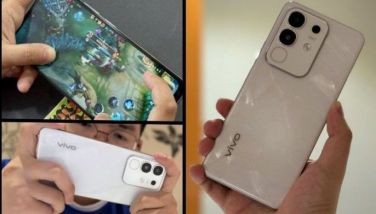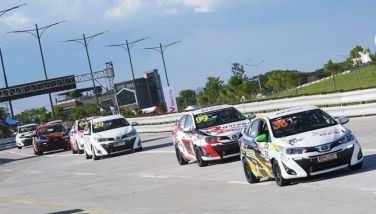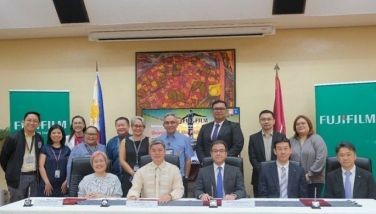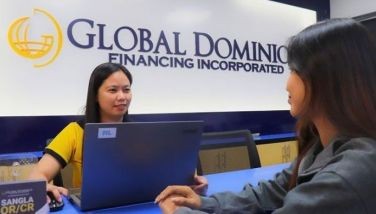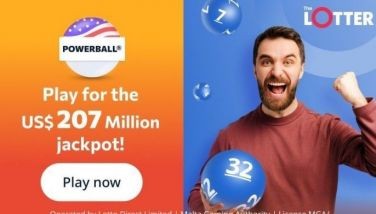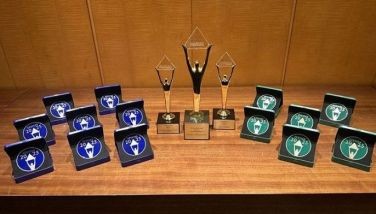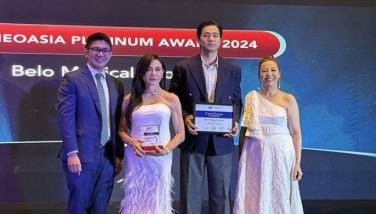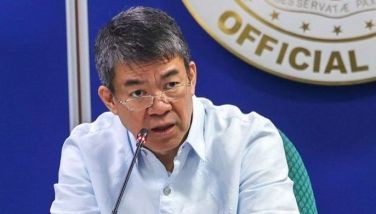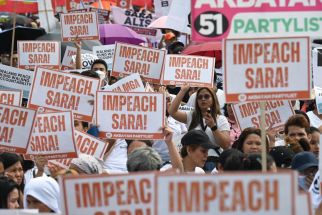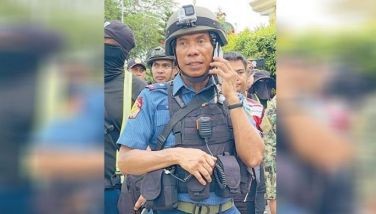Trade today for tomorrow
The Tianjin basketball experiment is proving valuable as a learning experience more than improving our standing in international basketball. About a quarter of a century ago, we were routinely beating several of the countries we have either struggled against or lost to in international competition. But the most important lesson we will learn is where our new starting point is, and it isn’t at the top of the evolutionary ladder in Asian basketball.
Obviously, we lack the size to reasonably expect success in Asian Basketball. This was particularly evident against South Korea. Against teams with 7’ centers and 6’9” forwards, 6’8” centers won’t cut it, no matter how gifted they are. We need to recruit for size, and that will not produce results in the immediate future. Perhaps by the 2016 Olympics, we will have been able to find players with decent size in the frontcourt (6’10” or more) to hold their own against the likes of China, South Korea, Lebanon, et. al.
Also, weekly practices are not enough. Against teams that have played together and practically lived together for two to five years, occasional practice sessions will not build the necessary chemistry and the ability to read each other on the basketball court. We already have some of the tools needed, like quickness and outside shooting. The efficiency of our national teams is what needs to be boosted.
Third, using PBA players has never been the answer. I’ve repeatedly pointed out that the reason the Northern Consolidated team of the 1980’s was successful was because all they did was eat, sleep, train and think Philippine team. They were also all single.Today’s players are wary of getting injured, practice with their mother teams, and also have personal appearances, endorsements and other responsibilities that come with being PBA players. With past national teams, players could not even suit up against their mother teams, not to mention their families. All those limitations seriously hamper our preparations and actual play.
Take the case of Japeth Aguilar. Obviously, he would have made a great permanent addition to the developmental team (which, incidentally, still needs more size). But his parents, a handyman and babysitter in Chicago, need him to earn so he can help them out financially. Japeth has a bigger financial upside playing for the PBA than the national team. It is a very real concern. So even though he has exceptional size and has had exceptional training and has US NCAA experience, he opted to play professionally.
What we need is a tall, competitive, committed group of players who will not cop out when they sniff a better deal in the PBA. In the meaningless pre-season NBC tournament that precipitated the war between the Philippine Olympic Committee and the Basketball Association of the Philippines, the RP-Cebuana Lhuillier team was playing without its starting center Ricky Calimag, who was picked up by Sta. Lucia Realty; and its starting point guard Egay Echavez, who was recruited by Barangay Ginebra when Jayjay Helterbrand broke his leg. That kind of practice of raiding the Philippine team simply has to stop if we sincerely want to proceed further in international competition.
What all of this means is that, although the US blueprint works for them, it may not necessarily work for us. Why? First of all, US players have the absolute best of everything, from scientific research to training methods. They manage to practice together daily during the off-season, in locations that take them away from other distractions. They actually play against some of their international opponents in the NBA. Their basketball development programs are more thorough, and their off-season coincides with the international summer, when training and competition periods are. In other words, when they set their minds on playing for flag and country, they’re thinking of nothing else. And yet, the NBA has also gone through a period when its best players have refused to play on the national team, too.
Obviously, if we get tall Fil-foreign players to wear the flag, PBA teams will be licking their lips at them, too. They will have to wait about five years before they are released to the pros. But it will probably be worth it. Look at the impact the NCC players made on the PBA. They are still contributing today as team managers and coaches. They set records and built reputations that have been very hard to match. Even today’s fans and coaches prefer their era’s players over the current crop, as proven by informal surveys and magazine articles. The first thing Ron Jacobs said when he was putting together the last national team he was going to coach was that he didn’t see an Allan Caidic. That speaks volumes about the quality of players being on a full-time national team builds.
Playing for the national team is a full-time job. Unless we put together and keep together a team that is taller than, earns as much as and can beat the best of the PBA, let’s not even dream of making it into the Olympics.
* * *
The Philippine Postal Corporation is staging a golf tournament to raise funds for the Postal Museum to be established at the historic Manila Central Post Office building in Manila. This is part of its bid to preserve valuable artifacts, cultural items and important materials related to the history of one of the oldest postal services in Asia. The tournament kicks off the project envisioned to be funded by donations from the private sector.
- Latest
- Trending










